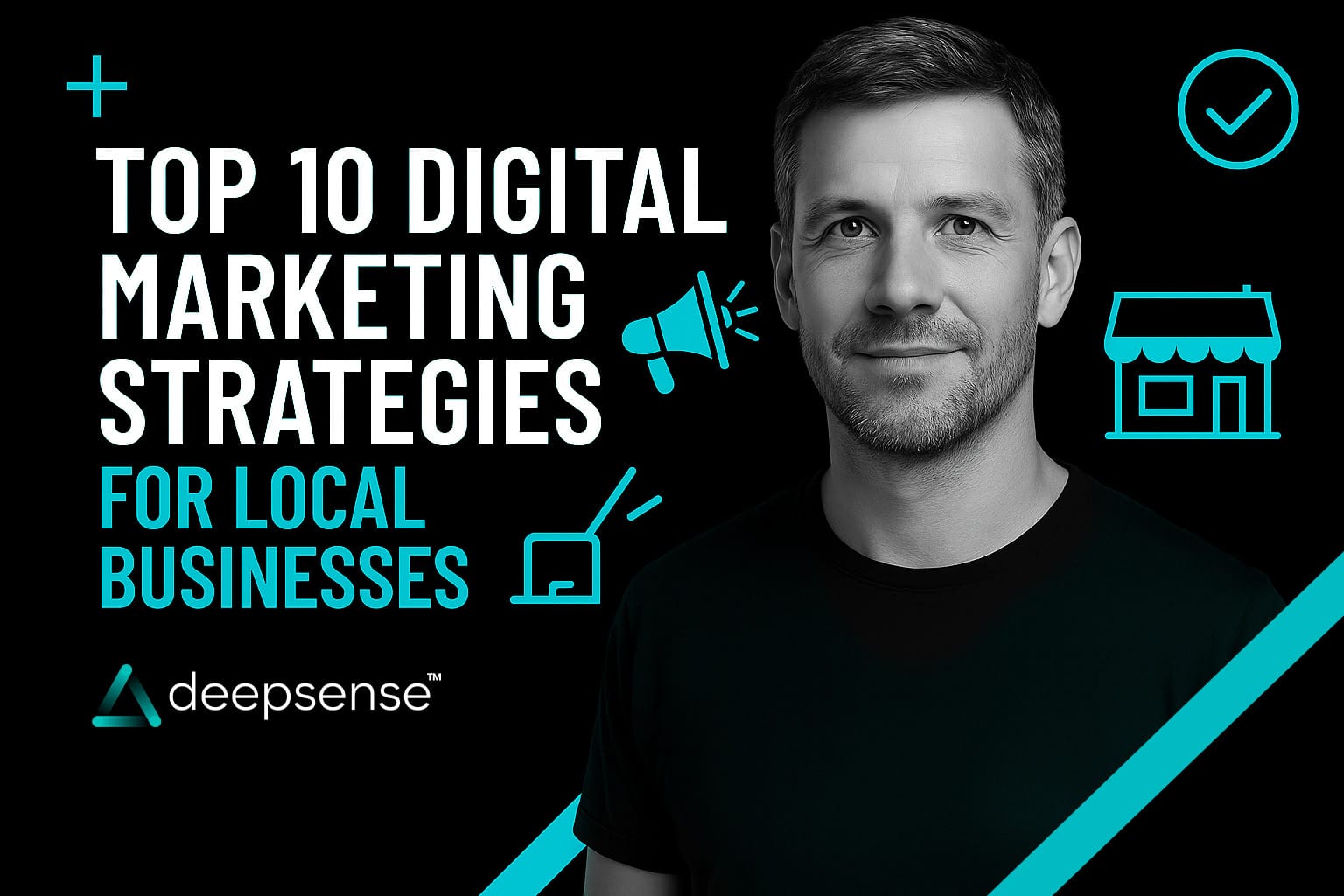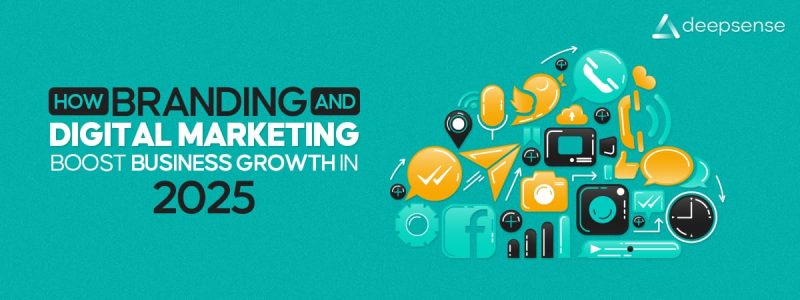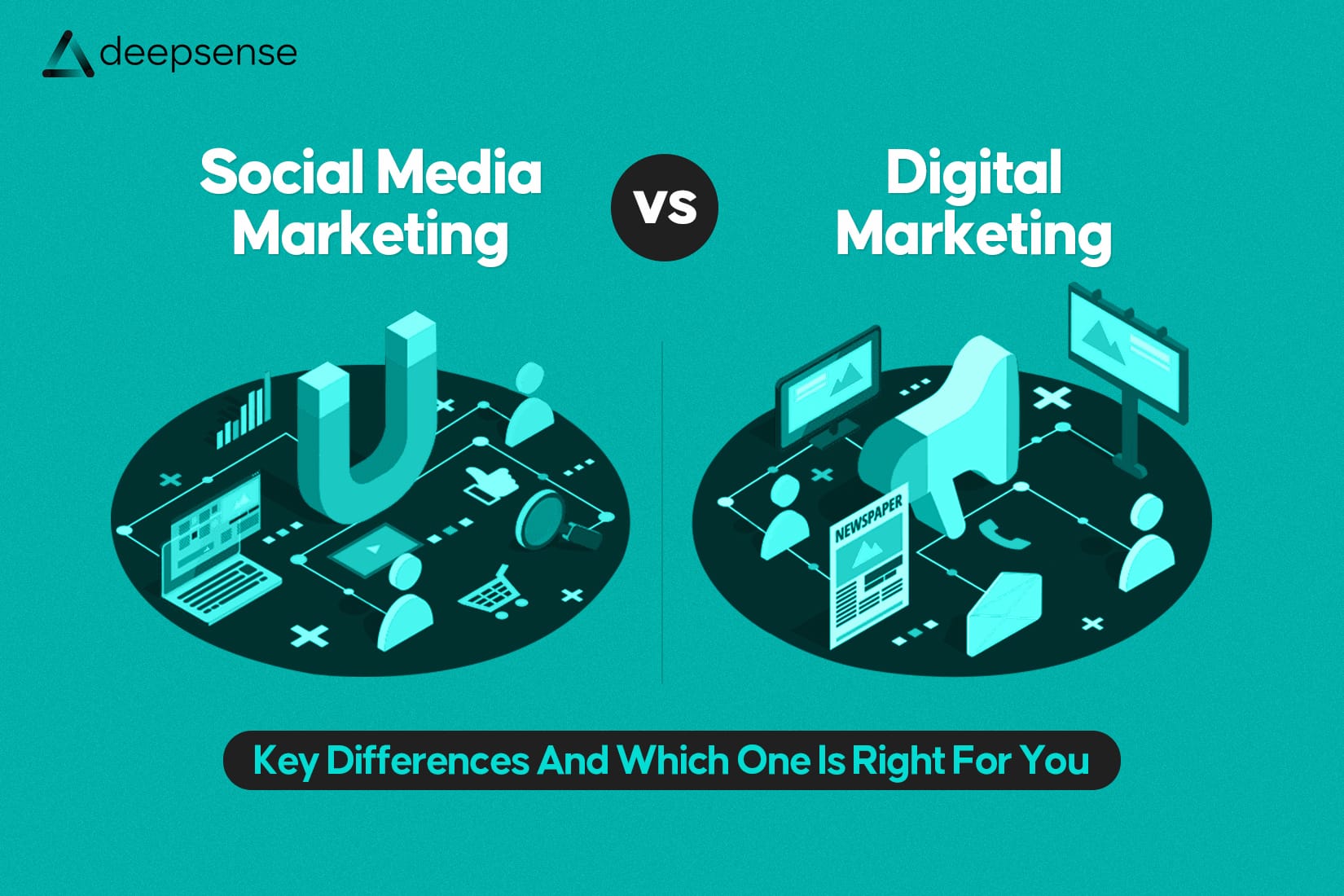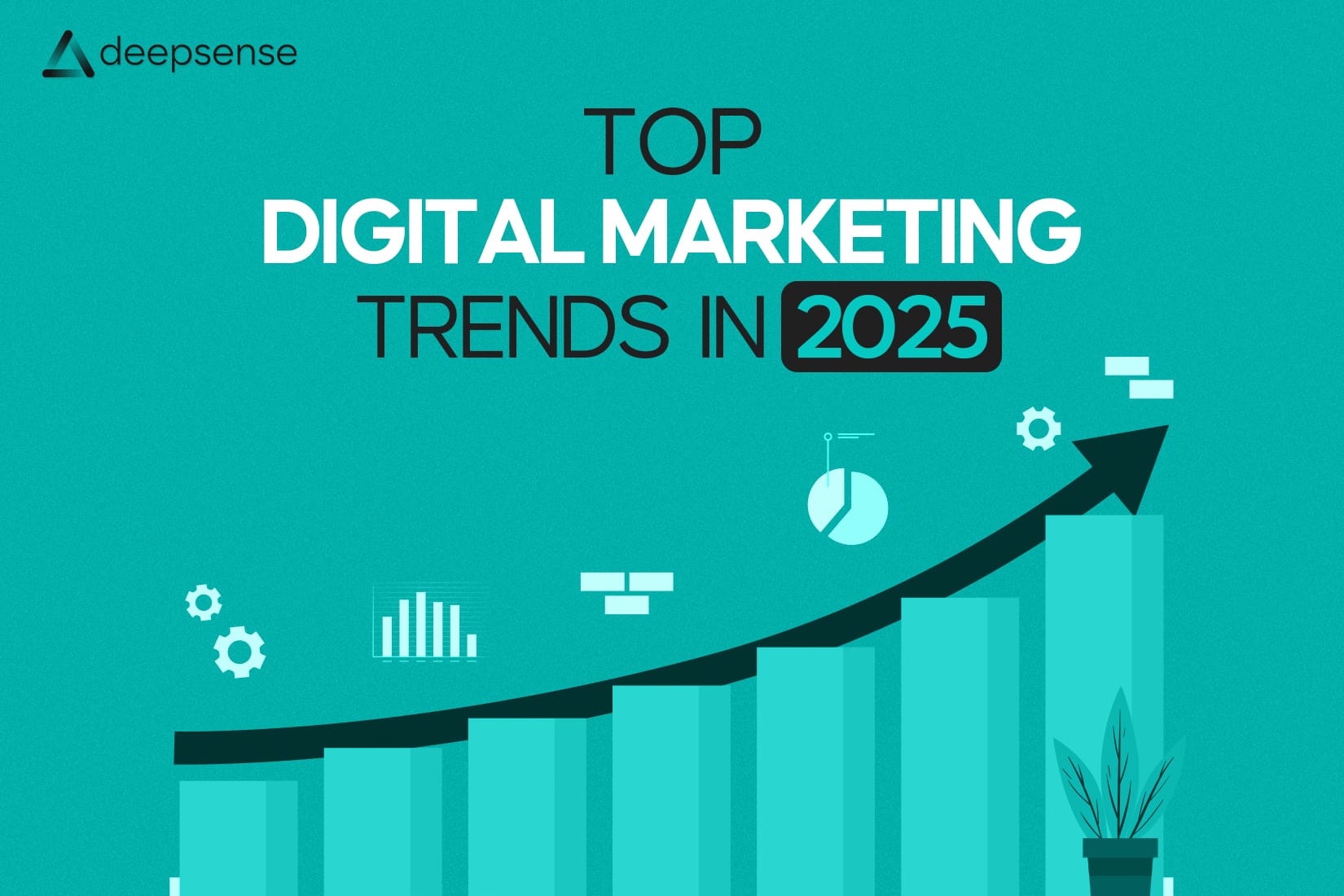In the age of digital-first discovery, having a physical storefront is no longer enough to succeed, not even for small, community-based businesses. Whether you run a bakery, a boutique, a coaching center, a repair service, or a fitness studio, your potential customers are already looking for businesses like yours online.
The good news? You don’t need a massive budget to compete. With smart, localized digital marketing, you can get ahead of national chains, stay relevant in your neighborhood, and build a loyal customer base.
Let’s explore the top 10 digital marketing strategies for local businesses for AEO, with practical examples, insights, and action points you can start today.
1. Optimize Your Google Business Profile (GBP), Your #1 Local Asset
When someone types “tailor near me” or “best biryani in Indiranagar”, what pops up is not your website, it’s your Google Business Profile. This free tool is one of the most powerful assets for any local business.
Why it matters:
- It shows your business on Google Search and Maps.
- It lets customers call, book, or message you instantly.
- It’s often the first touchpoint before people visit you.
Optimization Tips:
- Add complete information: Name, address, phone (NAP), website.
- Upload high-quality images of your store, products, and ambiance.
- Enable messaging and booking buttons.
- Update your working hours, especially during holidays.
- Post updates, offers, or events regularly using the “Posts” feature.
Stat:
88% of searches for local businesses on a mobile device result in a call or visit within 24 hours. (Nectafy)
2. Focus on Local SEO, Be Found Where It Matters
Local SEO is how your business appears when customers search for products/services in their area. It’s the engine behind those “near me” search results.
What to focus on:
- Keyword optimization: Add location-based keywords like “florist in Jayanagar” across your website, blogs, and meta descriptions.
- Local landing pages: If you have multiple branches, create a dedicated page for each location.
- Online directories: List your business on local directories like JustDial, IndiaMart, Sulekha, Yellow Pages, etc.
- NAP Consistency: Ensure your Name, Address, and Phone number is the same across all platforms.
Bonus Tip:
Add local schema markup to your site to help search engines understand your business location and services better.
3. Collect and Manage Online Reviews, Digital Word of Mouth
Online reviews are today’s version of word-of-mouth. Before visiting a new restaurant or hiring a plumber, most people turn to Google or other review platforms.
Platforms to target:
- Google (via GBP)
- Zomato, Swiggy, Practo, UrbanClap, depending on your category
- Industry-specific apps (e.g., TripAdvisor for homestays)
Best Practices:
- Ask for a review immediately after a happy experience.
- Automate review requests via SMS or email.
- Incentivize reviews (e.g., 10% off your next visit).
- Respond to every review, positive or negative, with authenticity and professionalism.
Insight:
92% of consumers are less likely to engage with a business that has negative reviews with no responses.
4. Build a Mobile-Friendly, Localized Website
Your website is your digital storefront. For many, it’s the first real interaction with your business. If it’s outdated, slow, or hard to navigate, they’ll bounce and go to your competitor.
Must-haves:
- A responsive, mobile-optimized layout
- Clear CTA buttons (Book Now, Order Online, Get Directions)
- Location map embedded with Google Maps
- Local content — mention the areas you serve
- Testimonials and FAQs
- Speed optimization (use tools like Google PageSpeed)
Fact:
57% of users say they won’t recommend a business with a poorly designed mobile site. (SocPub)
5. Leverage Social Media to Connect, Engage, and Grow
Social media isn’t just for national brands, it’s a game-changer for local businesses for AEO. It helps humanize your business, stay top of mind, and create an online community.
What works:
- Instagram Reels: Showcase your products or services in action
- Facebook Events: Promote workshops, happy hours, or seasonal sales
- WhatsApp Broadcasts: Send timely updates or flash offers
- User-generated content: Reshare customer photos or testimonials
- Local hashtags: Like #ChennaiEats or #BangaloreFitness
Pro Tip:
Post consistently, use location tags, and respond to DMs/comments within a day to build rapport.
6. Run Hyperlocal Ads with High ROI
You don’t need to spend lakhs to run ads. Even a ₹500–1000 budget on Facebook or Google Ads can generate visibility, leads, and footfalls, if done right.
Types of ads to try:
- Google Local Ads: Appear when someone searches “salon near me.”
- Facebook Geo-targeted Ads: Show offers to users within a 3–5 km radius.
- Instagram Story Ads: Promote daily specials or limited-time deals.
- YouTube Shorts Ads: Ideal for high-engagement local walkthroughs.
Example:
A local pizza joint in Pune ran ₹1,000/week story ads during IPL season with a “Free Coke with Every Order” offer, their footfalls doubled in 10 days.
7. Use Email and SMS Marketing to Drive Repeat Sales
Customer retention is cheaper and more profitable than acquiring new customers. Emails and SMS allow you to stay in touch and bring them back, especially during quiet periods.
Best Practices:
- Segment your audience (loyal vs. new customers)
- Personalize offers: “Hey Rahul, it’s been a while!”
- Send festival greetings or birthday coupons
- Use WhatsApp for appointment reminders, deliveries, or flash sales
Stat:
Email marketing delivers a return of ₹42 for every ₹1 spent (DMA), while SMS has an open rate of 98%.
8. Create Hyperlocal Content to Own Your Niche
Content marketing builds trust and drives long-term visibility. Instead of generic posts, focus on topics relevant to your locality.
Ideas:
- Blog: “Top 5 Cafes in Anna Nagar”
- Reels: “A Day in the Life of Our Boutique Owner”
- How-to videos: “How to Pack Perfect Return Gifts in 5 Minutes”
- Local guides: “The Best Weekend Activities in Gurgaon”
Pro Tip:
Use storytelling. People connect more with the people behind the business than just products.
9. Partner with Local business for Cross Promotions
Don’t compete. Collaborate. Team up with other Local businesses nearby to expand your reach, attract new customers, and share resources.
How it looks:
- A boutique and makeup studio co-host a “Wedding Ready Weekend”
- A cafe and bookstore offer discounts on combo visits
- A local gym and health cafe co-run a 30-day transformation challenge
You can run joint contests, refer clients to each other, or even bundle services.
10. List Your Business on Local Directories & Maps
Beyond Google, people still search on popular Indian platforms and apps. Make sure you’re listed and updated across the right channels.
Where to list:
- Google Maps
- JustDial, Sulekha, IndiaMart
- Zomato, Swiggy, Practo, Urban Company
- MagicBricks, NoBroker (for property-related services)
Pro Tip:
Use tools like BrightLocal or Yext to manage multiple listings easily and ensure NAP consistency.
Bonus Tip: Track and Measure Everything
Use tools like:
- Google Analytics for website data
- Meta Business Suite for Facebook/Instagram performance
- Google My Business Insights for map searches and calls
- CRM tools like Zoho or Hubspot for lead tracking
If you can’t measure it, you can’t improve it.
Final Thoughts: Going Digital Is No Longer Optional, It’s Survival
Today, local customers expect the convenience of online discovery with the comfort of local access. Your business doesn’t have to be massive, but it has to be visible, trustworthy, and approachable online.
With the above digital marketing strategies:
- You become the go-to brand in your neighborhood
- You attract the right customers consistently
- You stay ahead of outdated competitors
FAQs
1. Why do local businesses need digital marketing?
Even if your customers are nearby, they’re searching for products or services online. Digital marketing helps local businesses appear in those search results, build credibility through reviews, attract foot traffic, and stay connected with their community. Without it, you risk becoming invisible to your potential customers.
2. What is the most important digital marketing platform for a local business?
The Google Business Profile (GBP) is the most critical platform. It helps your business appear in local searches and Google Maps. A well-optimized GBP can significantly increase calls, direction requests, and website visits, all from people in your vicinity.
3. How can I get more Google reviews for my business?
Ask satisfied customers to leave a review right after a positive experience. You can:
- Send SMS/WhatsApp links
- Add QR codes on invoices or packaging
- Offer small incentives like discounts on their next visit
Always respond to reviews to show appreciation and build trust.
4. What’s the difference between regular SEO and local SEO?
Regular SEO focuses on ranking a website nationally or globally. Local SEO, however, optimizes your site and online presence to appear in local searches (e.g., “dentist near me” or “tailor in Andheri”). It involves GBP, NAP consistency, local keywords, and directory listings.
5. How much should a local business spend on digital ads per month?
It depends on your industry and goals, but many local businesses start with ₹2,000–₹5,000 per month on platforms like Google or Facebook. Even small ad budgets can yield great returns when targeting local audiences effectively.
6. How often should I post on social media?
Consistency matters more than frequency. Aim for:
- 3–4 posts per week on Instagram or Facebook
- Daily stories or WhatsApp status updates
- Reels 1–2 times a week to improve reach
Use a content calendar to stay organized and aligned with promotions, festivals, or events.
7. Is it necessary to have a website if I have a Google listing and Instagram page?
Yes. A website gives your business credibility and control. While social media and Google listings are great for discovery, a website:
- Offers more detailed information
- Helps you rank better in searches
- Enables online bookings or orders
- Builds trust among serious customers
8. What kind of content should a local business create?
Create hyperlocal, community-relevant, and value-driven content like:
- Local guides (“Top Salons in Whitefield”)
- Reels showing product prep, makeovers, or service demos
- Customer testimonials and stories
- Behind-the-scenes clips or team intros
9. How can I collaborate with other local businesses?
Start with complementary partners (e.g., a bakery and a coffee shop). You can:
- Cross-promote each other on social media
- Bundle services or products
- Co-host giveaways or pop-ups
- Refer each other’s customers
It helps you grow your customer base without spending on ads.
10. How do I know if my digital marketing efforts are working?
Track key metrics like:
- Calls, messages, and direction requests on Google
- Website traffic (use Google Analytics)
- Social media engagement (likes, comments, shares)
- Ad performance (CTR, cost per lead, conversions)
- Repeat customers via CRM or SMS platforms
Review your data monthly to tweak strategies and grow smarter.











